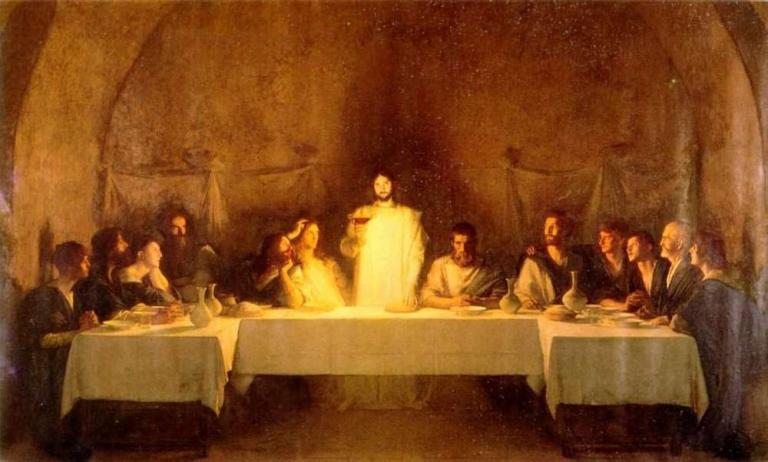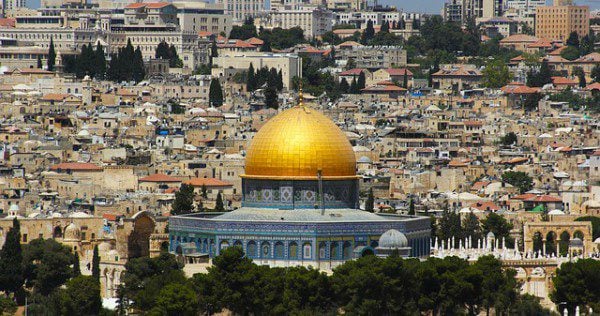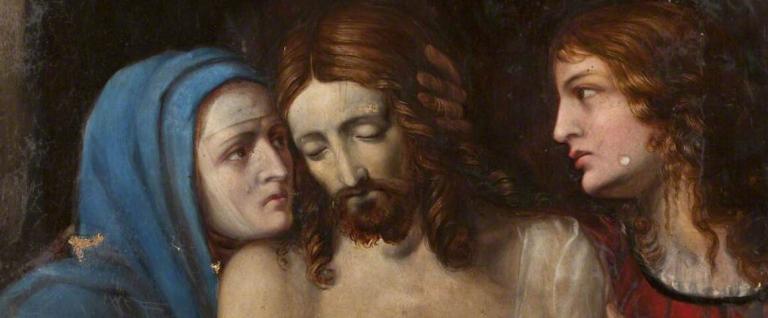Often we hear of a Golden Age in Spain when Muslims were tolerant of Jews and Christians, civilization flourished, and people of the three great Abrahamic religions lived in harmony. This was the Andalusian Age (from an Arabic word meaning “green at the end of summer”) of Muslim Spain from 711 to 1492.
But was this age so golden and harmonious? And good for Jews and Christians?
Not according to historian Dario Fernandez Morera (PhD from Harvard) in his new book The Myth of the Andalusian Paradise: Muslims, Christians, and Jews under Islamic Rule in Medieval Spain. Here are a few excerpts from a review of the book by philosopher Jude Dougherty:
“[In 711] Musa ibn Nusayr gave the defeated Hispano-Visigoths three options: 1) convert to Islam, 2) submit as dhimmis to Islamic supremacy and pay tribute or 3) be killed (in the case of men) or enslaved (in the case of women). The invaders burned cities, wasted the land, destroyed churches and sacked diocesan libraries and treasuries for booty.”
“His cautious approach may be governed in part by the recognition that, after hundreds of years of enforced coexistence, it can be difficult to determine what came from what. And the difficulty stems in part, because the Islamic conqueror’s rule often allowed communities of Jews or Christians to live within their own conclaves under their own laws, although as dhimmis, humiliated and subject to special taxation.”
“Fernandez devotes separate chapters to subjects such as: ‘The Truth about the Jewish “Golden Age”‘ in which he debunks the claim that Islam granted Spain’s Jewish communities, composed largely of Sephardic Jews, a substantial degree of liberty and tolerance; and ‘Women in Islamic Spain,’ that does not make for pleasant reading. The subtitle of that chapter, ‘Female Circumcision, Stoning, Veils and Sexual Slavery,’ says it all.”














